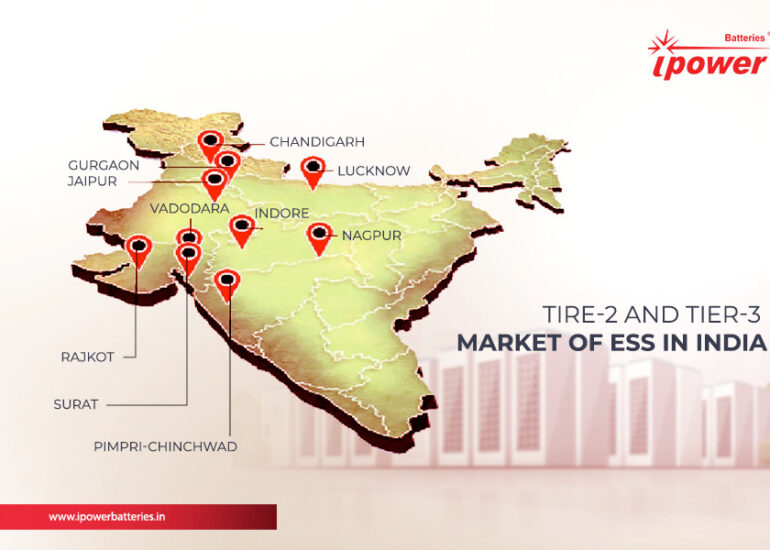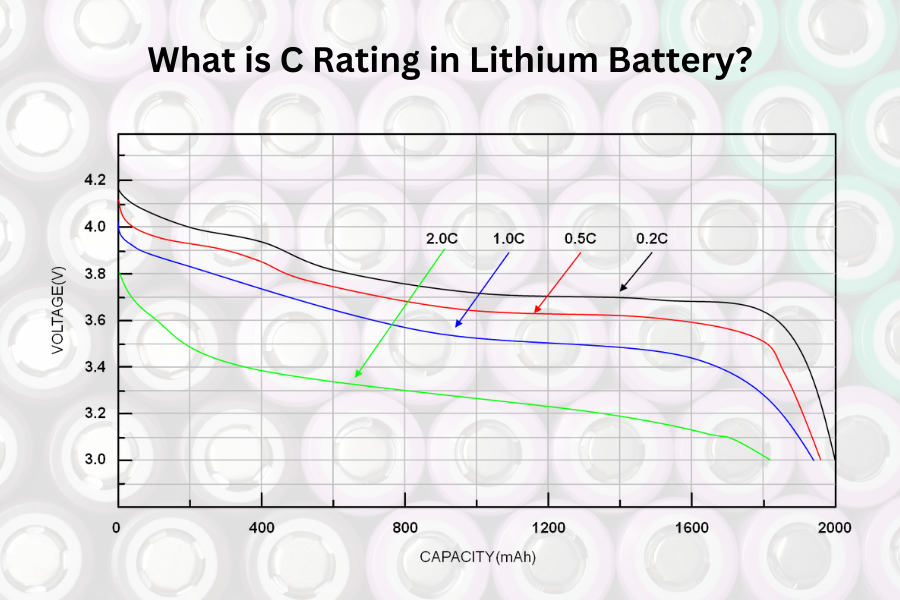The Indian government, recognizing the urgent need for sustainable transportation solutions, initiated the Faster Adoption and Manufacture of (Hybrid &) Electric Vehicles (FAME) scheme. Launched as a part of the National Electric Mobility Mission Plan, the FAME scheme is a pivotal step toward promoting eco-friendly vehicles, reducing India’s carbon footprint, and diminishing the reliance on fossil fuels for transportation. By offering financial incentives for the purchase of electric and hybrid vehicles, the scheme aims to encourage manufacturers and consumers alike to transition towards greener alternatives. As we analyze the outcomes of FAME 2 and anticipate the future with FAME 3, it’s crucial to understand the transformative potential these initiatives hold for India’s transportation landscape.
Analysis of FAME 2
Objectives and Budget Allocation
FAME 2, launched with an outlay of ₹10,000 crores over three years, was designed to support the electrification of public and shared transportation, and foster the development of EV charging infrastructure across the country. Its objectives were ambitious, aiming to ensure the sale of 1 million electric two-wheelers, 500,000 three-wheelers, 55,000 four-wheelers, and 7,000 buses by the end of its term.
Key Features and Incentives Provided
The scheme offered several incentives, including:
- Subsidies on the purchase of electric vehicles (EVs), based on the battery capacity.
- Financial support for the establishment of EV charging stations, aiming to address the issue of range anxiety among potential EV owners.
- Encouragement for domestic manufacturing of EV components, to reduce the cost of EVs and make them more accessible.
Achievements and Impact on EV Adoption
FAME 2 significantly impacted India’s EV landscape:
- There was a notable increase in EV sales, with electric two-wheelers and three-wheelers seeing the highest uptake.
- The installation of charging stations across key cities improved, although the pace of development varied across regions.
Challenges and Areas of Improvements
Despite its successes, FAME 2 faced several challenges:
- The reach in rural and semi-urban areas remained limited, indicating a need for broader coverage.
- The adoption rate for electric four-wheelers lagged behind, partly due to higher costs and insufficient charging infrastructure.
Expectations from govt.
Potential Budget and Policy Changes
For FAME 3, stakeholders anticipate an increased budget and strategic policy adjustments to build on FAME 2’s achievements and address its shortcomings. There’s a strong case for enhancing subsidies, especially for private EV buyers, and expanding support to newer technologies like battery swapping.
Focus Areas and New Incentives
Expected focus areas and incentives include:
- Greater emphasis on advanced battery technology to improve vehicle range and reduce costs.
- Expansion of the charging infrastructure, with incentives for both public and private charging points.
- Encouragement of local manufacturing to reduce dependency on imports and make EVs more affordable.
Projected Impact on the EV Ecosystem
FAME 3 is expected to have a profound impact:
- Acceleration in the adoption of EVs across all segments, especially with improvements in infrastructure and technology.
- Boost to the automotive industry, with significant opportunities for growth and innovation in the EV sector.
FAME 2 has laid a solid groundwork for the electrification of India’s transportation sector, achieving notable successes and highlighting areas for improvement. With FAME 3, the anticipation is high for a broader, more impactful scheme that could potentially revolutionize India’s EV ecosystem. The evolution from FAME 2 to FAME 3 symbolizes India’s commitment to a sustainable future, leveraging technology and policy to pave the way for a cleaner, greener, and more efficient mobility landscape.





